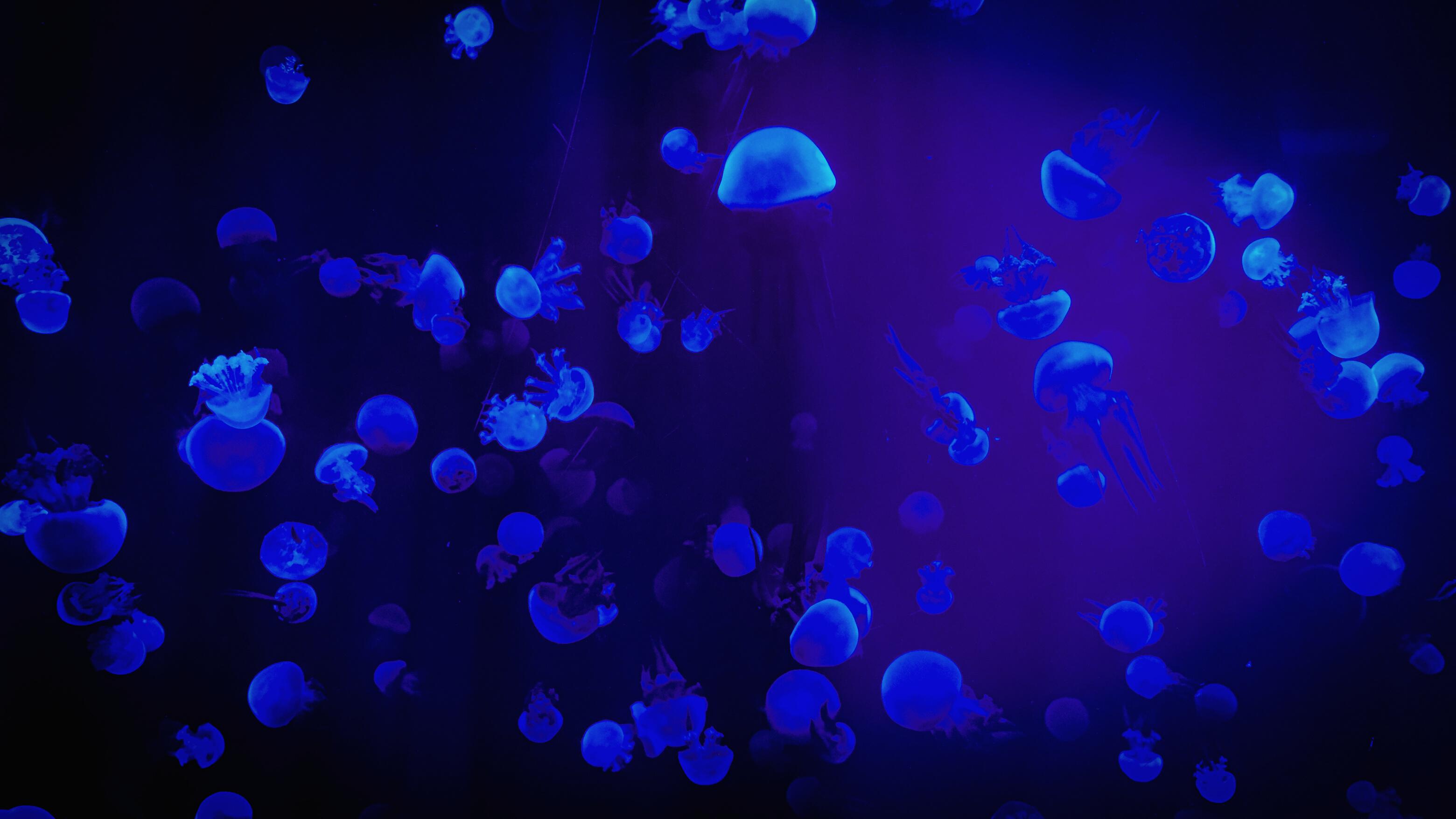A Parent’s Guide to Making Science Fun
Dr. Edward ThalheimerSTEM (Science, Technology, Engineering, and Mathematics)
as a field is one of the most important aspects of our everyday lives. Because of the field itself it’s given us a better understanding of the world around us.

scientific knowledge is
promote cognitive development, and improve problem-solving skills. However, it’s not always the most fun or accessible to people. Here are some ways that you can make science fun for your children.

Basic
essential for children to understand the world around them,








